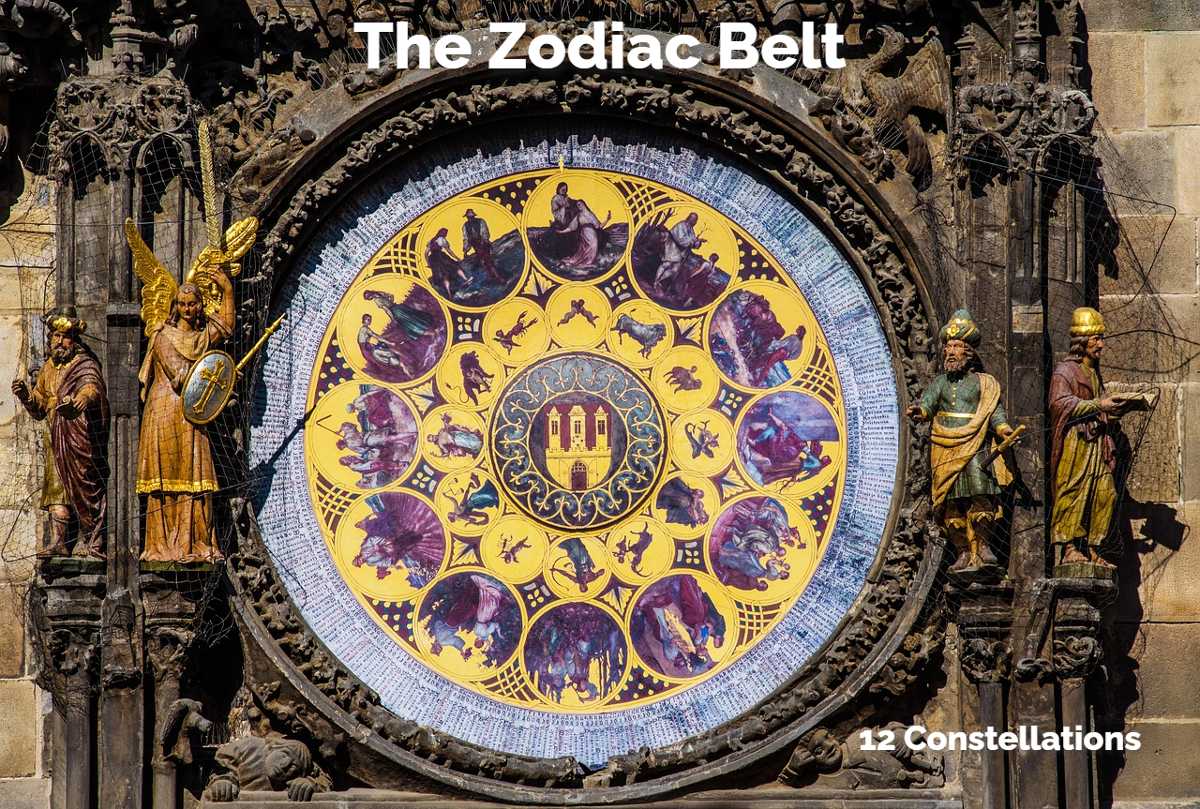Introduction
The Prague Astronomical Clock, also known as the Prague Orloj, is a medieval astronomical clock located in the Old Town Square of Prague, Czech Republic.
It is one of the oldest and most famous astronomical clocks in the world, attracting millions of visitors each year. The clock has a rich history and holds great importance in European history, serving as a symbol of the city’s cultural and artistic heritage.
The History of the Prague Astronomical Clock: A Brief Overview
The origins of the Prague Astronomical Clock can be traced back to the early 15th century. It was commissioned by the city council of Prague and built by the clockmaker Mikuláš of Kadaň and the astronomer Jan Šindel. The clock was completed in 1410 and installed on the southern wall of the Old Town Hall.
Over the centuries, the clock has witnessed many key historical events. It survived the Hussite Wars in the 15th century, when much of Prague was destroyed. It also survived the Nazi occupation during World War II, when the city was heavily bombed. Despite these challenges, the clock has remained intact and continues to function to this day.
The clock has undergone several renovations and modifications throughout its history. In the 16th century, the clock was enhanced with new features, including the addition of the hourly procession of the Twelve Apostles. In the 19th century, the clock was restored and its mechanism was improved. The most recent restoration took place in 2005, when the clock was fully restored to its original glory.
The Significance of the Prague Astronomical Clock in European History
The Prague Astronomical Clock played a crucial role in medieval astronomy and astrology. It was used to measure time, track the movements of celestial bodies, and predict astronomical events. The clock’s intricate design and accurate timekeeping made it a valuable tool for astronomers and astrologers of the time.
In addition to its scientific significance, the clock also held symbolic importance in European culture. It represented the power and wealth of the city of Prague, as well as its commitment to the pursuit of knowledge and innovation. The clock became a symbol of the city’s cultural and artistic heritage, and it continues to be a source of pride for the people of Prague.
The Prague Astronomical Clock also had a significant influence on other astronomical clocks in Europe. Its design and functionality served as a model for many other clocks that were built in the following centuries. The clock’s intricate mechanisms and artistic beauty inspired clockmakers and artists across Europe, leading to the creation of numerous similar clocks in cities such as Strasbourg, Lyon, and Munich.
The Intricate Design of the Prague Astronomical Clock: A Closer Look
The Prague Astronomical Clock is renowned for its intricate design and artistic beauty. The clock consists of several components, each with its own unique design and function.
The main features of the clock include the astronomical dial, the calendar dial, the hourly procession of the Twelve Apostles, and the various sculptures and decorations.
The astronomical dial is the most prominent feature of the clock. It displays the position of the sun, moon, and stars in the sky, as well as the time of day and the phases of the moon. The dial is adorned with intricate engravings and symbols, representing various astronomical and astrological concepts.
The calendar dial is located below the astronomical dial and displays the date, month, and zodiac signs. It is decorated with beautiful paintings and symbols, representing the changing seasons and the passage of time.
The hourly procession of the Twelve Apostles is a popular feature of the clock. Every hour, a small door opens and the twelve apostles appear, accompanied by a figure of Death. The apostles rotate around the clock, symbolizing the passing of time and the inevitability of death.
The clock is also adorned with various sculptures and decorations, including statues of the four cardinal virtues, the allegorical figures of Vanity and Greed, and the figure of a Turk, which represents the threat of the Ottoman Empire.
The Astrological Symbols on the Prague Astronomical Clock: What Do They Mean?

The Prague Astronomical Clock is adorned with numerous astrological symbols, each with its own unique meaning and significance. These symbols represent various celestial bodies, zodiac signs, and astrological concepts.
The sun symbolizes life, light, and energy. It is associated with power, vitality, and creativity. The moon symbolizes femininity, intuition, and emotions. It is associated with the cycles of nature and the ebb and flow of emotions.
The zodiac signs represent different personality traits and characteristics. Each sign is associated with a specific element (fire, earth, air, or water) and a ruling planet.
The zodiac signs on the clock include Aries, Taurus, Gemini, Cancer, Leo, Virgo, Libra, Scorpio, Sagittarius, Capricorn, Aquarius, and Pisces.
The astrological symbols on the clock also represent various astrological concepts, such as the four elements (fire, earth, air, and water), the four cardinal virtues (prudence, justice, temperance, and fortitude), and the four seasons (spring, summer, autumn, and winter).
The Functionality of the Prague Astronomical Clock: How Does It Work?
The Prague Astronomical Clock is a mechanical marvel, with numerous gears, wheels, and mechanisms working together to keep time and display astronomical information. The clock’s mechanical workings are powered by weights and controlled by a complex system of gears and levers.
The clock’s main function is to display the time, which it does through the use of the astronomical dial and the calendar dial. The astronomical dial shows the position of the sun, moon, and stars in the sky, as well as the time of day and the phases of the moon. The calendar dial displays the date, month, and zodiac signs.
The clock also features a mechanism that controls the hourly procession of the Twelve Apostles. Every hour, a small door opens and the apostles appear, accompanied by a figure of Death. The apostles rotate around the clock, symbolizing the passing of time and the inevitability of death.
The clock’s accuracy and precision are remarkable, considering its age and the technology available at the time of its construction. The clock’s mechanism is designed to keep time with great accuracy, and it is adjusted regularly to ensure its precision.
The Restoration of the Prague Astronomical Clock: Challenges and Triumphs
The Prague Astronomical Clock has undergone several restorations throughout its history, each presenting its own unique challenges and triumphs. The most recent restoration took place in 2005 and was a major undertaking that required the expertise of skilled craftsmen and conservationists.
The restoration process involved disassembling the clock, cleaning and repairing its various components, and reassembling it to its original state. The clock’s mechanism was carefully examined and repaired, and its aesthetic features were restored to their former glory.
One of the main challenges faced during the restoration was the preservation of the clock’s original features and materials. The restoration team had to ensure that the clock’s historical integrity was maintained, while also making necessary repairs and improvements.
Despite these challenges, the restoration of the Prague Astronomical Clock was a triumph of craftsmanship and conservation. The clock was restored to its original beauty and functionality, and it continues to be a source of wonder and admiration for visitors from around the world.
Mysterious Legends and Stories Surrounding the Prague Astronomical Clock
The Prague Astronomical Clock is surrounded by numerous legends and stories, adding to its mystique and allure. One of the most famous legends is the story of Master Hanuš, the clockmaker who built the clock. According to the legend, the city council of Prague was so impressed with Hanuš’s work that they ordered him to be blinded, so that he could never build a clock as magnificent as the Prague Astronomical Clock again.
Another legend tells the story of the clock’s curse. According to the legend, anyone who tries to damage or destroy the clock will be cursed with bad luck and misfortune. Over the centuries, there have been several attempts to damage or destroy the clock, but all have ended in failure.
While these legends may be based on historical events, their accuracy is difficult to determine. Nevertheless, they have become an integral part of the clock’s folklore and add to its cultural significance.
The Importance of the Prague Astronomical Clock in Modern-Day Prague
The Prague Astronomical Clock continues to hold great cultural and historical significance in modern-day Prague. It is one of the city’s most iconic landmarks and a symbol of its rich heritage. The clock attracts millions of visitors each year, who come to admire its beauty and learn about its history.
The clock also plays an important role in the city’s tourism industry and local economy. It is a major tourist attraction and a source of revenue for the city. The clock’s popularity has led to the development of a thriving tourism industry in Prague, with hotels, restaurants, and souvenir shops catering to the needs of visitors.
Furthermore, the clock serves as a reminder of Prague’s commitment to preserving its cultural and artistic heritage. The clock is a testament to the city’s rich history and its dedication to the pursuit of knowledge and innovation. It serves as a source of inspiration for artists, scientists, and historians, and it continues to be a source of pride for the people of Prague.
The Future of the Prague Astronomical Clock: Preservation and Innovation
The preservation of the Prague Astronomical Clock is a constant challenge. The clock is exposed to the elements and undergoes wear and tear over time. Regular maintenance and restoration are necessary to ensure its longevity and functionality.
In addition to preservation, there is also room for innovation and improvement. The clock’s mechanism could be enhanced with modern technology to improve its accuracy and precision. The clock’s aesthetic features could be updated to reflect contemporary artistic styles and trends.
However, any changes or improvements to the clock must be done with great care and respect for its historical integrity. The clock is a cultural and historical treasure, and any modifications should be made with the utmost sensitivity and expertise.
Visit the Astronomical Clock in Prague Old Town
The Prague Astronomical Clock is a masterpiece of medieval engineering and artistry. Its rich history, intricate design, and cultural significance make it one of the most important landmarks in Europe. The clock’s enduring legacy as a symbol of timeless beauty and innovation continues to captivate visitors from around the world. As the clock enters its sixth century, it remains a testament to the ingenuity and creativity of its creators and a source of inspiration for future generations.



Leave a reply